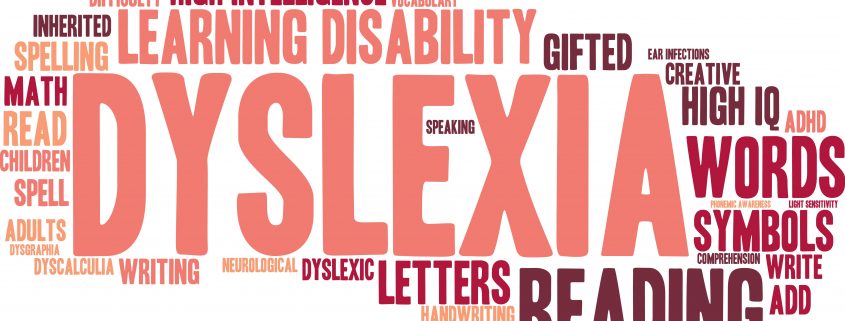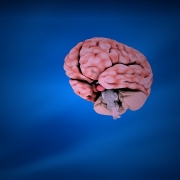Dyslexia: what is possible
In France, we account for 2 dyslexic children per class. Dyslexia is a difficulty with regards to the alphabet, reading, writing and spelling, despite an intelligence that is average or superior to average and regardless of teaching methods and a positive influence on a socio-cultural level. If some believe it is of genetic origin and hereditary, others think we can fix it.
All recognize that dyslexia knows multiple causes. It is the reason for the center Prodys, in Paris. Prodys is a multidisciplinary center where generalist, pediatrician, ophthalmologist as well as orthoptist and posturopedist collaborate for the best results.
Doctor Luc Rotenberg, radiologist, stipulates that it is the 2/3 of the individuals at the center that see either a significant improvement or a complete elimination of dyslexia.
In Portugal, 15 years ago, studies had demonstrated that, in a vast number of cases, dyslexia was related to a faulty perception of the body (proprioception). It can be accompanied by a sensation of permanent disequilibrium.
We are speaking here of a syndrome of postural deficiency (SPD). This syndrome is a collection of symptoms such as: clumsiness, difficult assimilation of colours, difficulty in distinguishing left from right, car and sea sickness as well as learning difficulties at large.
Williams and Shellenberger consider that, in the context of their learning pyramid, the vestibular and proprioceptive senses are at the foundations upon which are built finer motor competencies, such as oculomotor control, needed for reading. As such, dyslexics often report that the letters move as they read. This can be caused by an asymmetry of tension of the oculomotor muscles.
In conclusion, it is maybe time to consider dyslexia as a consequence of sensory motor deficiencies that do not allow the expression of more subtle and abstract forms of performance, such as reading and writing.










Leave a Reply